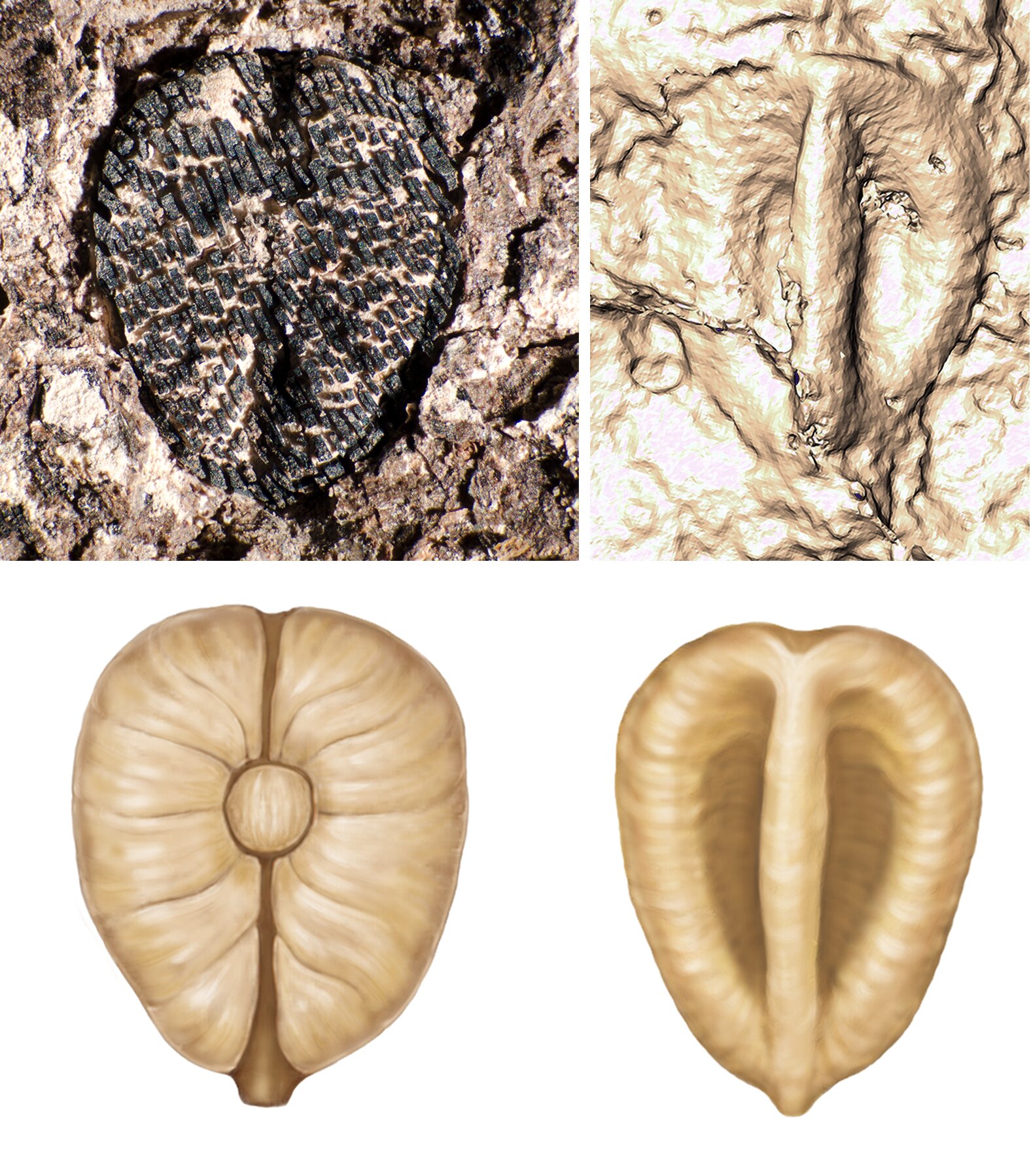I tried everything: a medication prescribed by my veterinarian specifically for dogs with motion sickness, over-the-counter antihistamines, a human nausea drug usually given to patients undergoing chemotherapy, homeopathy and Chinese herbs. Nothing worked. I always arrived at my destination with a queasy dog and a load of soggy, smelly towels.
With summer underway, many people are planning vacations in pet-friendly places reachable by car. But for humans whose dogs (or cats) get carsick, these excursions can become an unpleasant ordeal.
“It’s really sad, even traumatic, to see your pet go through it, especially since they can’t vocalize what is happening,” said Matthew Lechner, an internal medicine specialist at Veterinary Referral Associates in Gaithersburg, Md. “It can be visceral and emotional for both humans and their pets.”
What causes motion sickness in dogs?
Motion sickness in dogs — as in humans — results from a disturbance in the body’s vestibular system, a complex set of structures and neural pathways centrally located in the inner ear that regulate balance and physical orientation. When there is a conflict between certain stimuli — what the eyes are seeing, for example, with what the body is feeling — equilibrium is disrupted and the vestibular system sends a distress signal to the brain, including to its vomiting center.
“A driver almost never gets motion sick because he is looking out the window,” said Trisha Dowling, professor of veterinary clinical pharmacology at Western College of Veterinary Medicine in Saskatoon, Saskatchewan. “He is focused on the outside and how the world is moving in relation to the car, and that helps. But a dog’s visual field is limited to what the dog sees sitting on the car seat. At the same time, his body is feeling motion. There’s a dissonance that trips the trigger.”
Car sickness in dogs most often occurs in puppies because their inner ear structures aren’t fully developed yet. Many young dogs outgrow it. But some, like Raylan, never do. Also, dogs regardless of age can become anxious in cars, which can prompt car sickness.
Can cats get carsick, too?
Yes. Cats also are anxious during car rides. This, in addition to vomiting, can result in urination, defecation and yowling. “Cats live 99 percent of their lives in a house, so a car ride — a visit to the vet, for example — is immensely stressful,” Lechner said. “You are dragging them out of their world.”
Cats, though, usually ride in carriers. This contains the vomit and other substances, which keeps the car seat from getting soiled. But you’ll still need to clean up your cat and carrier, which can be nasty for you and your cat. (Small dogs also can ride in crates.)
How is car sickness in pets treated?
Don’t give your pet anything without consulting your veterinarian. Even over-the-counter medications can cause side effects. These recommendations should be used only as a guide for your conversations:
Maropitant citrate, brand name Cerenia, is the gold standard for treating car sickness in dogs. It’s a prescription tablet for dogs with motion sickness, which research has shown to be safe and effective. It was approved by the Food and Drug Administration in 2007, and a generic version became available last year.
Injectable Cerenia is licensed for both dogs and cats, and is often used for chronic vomiting or nausea from surgery or chemotherapy. It also can be given in a vet’s office before a trip.
The tablets aren’t approved for cats, although veterinarians prescribe them “off label.” While Cerenia helps cats, other drugs used in dogs usually don’t, Lechner said.
Maropitant citrate works by blocking a neurotransmitter — or chemical messenger — called substance P involved in nausea and vomiting, thus reducing their likelihood.
“Nothing will be as powerful as Cerenia,” Dowling said. “It’s the best thing we have.”
Other options include drugs for humans that can be used for dogs, though you should check with your vet on dosage and other requirements:
- Dimenhydrinate, brand names Dramamine, Benadryl, Gravol, Travtabs, Driminate, Triptone. This is an antihistamine used to prevent motion sickness and can help dogs, especially dogs with vestibular disease. These, however, can cause drowsiness.
- Meclizine hydrochloride. It is another antihistamine, and the active ingredient in the less drowsy version of Dramamine. Antihistamines target the balancing center in the inner ear.
- Ondansetron, brand name Zofran. This drug helps prevent nausea and vomiting from chemotherapy, radiation or surgery. It also works by blocking certain substances in the body involved in vomiting.
Consult your vet about what to give your cat. For instance, the vet might prescribe an anti-anxiety medication to relieve your cat’s stress.
Most medications should be given several hours before leaving. Follow the instructions on the label, or from your vet. Some veterinarians recommend skipping food, but others suggest a small meal or snack. “Having a little bit of food in the stomach keeps things moving, so I think a small meal before leaving is better than being totally fasted,” Lechner said.
Some people give their dogs gingersnaps — since ginger is known to relieve nausea — but there are no studies showing it helps, Lechner said. He added that other ingredients in cookies and ginger products, such as sugar substitutes, could be quite risky.
There are other measures you can take to help your pet:
- Keep the car cool. Dogs often pant when they become motion sick, so air conditioning and ventilation can help. But don’t let your dog hang its head out the window. Flying debris can hurt sensitive eyes — and the dog could jump out.
- Keep a dog in a crate or buckled in the rear seat. This is the safest place for them, experts aid.
What happens when Cerenia or other drugs alone don’t work?
Talk to your veterinarian about a combination approach. When individual drugs failed to help Raylan, my vet suggested using Cerenia with the less drowsy version of Dramamine. The solution worked.
Even though Cerenia usually is effective, motion sickness in dogs is complicated with different pathways and mechanisms of action, which “explains why sometimes one drug is not enough,” said Kate Illing, a veterinarian and researcher with the Dog Aging Project. “Dogs have multiple receptors and neurotransmitters and nerves that affect nausea and vomiting. To treat, we try to target one or more of them.”
While Cerenia affects the brain’s vomiting center, antihistamines work on the inner ear’s balance function, a strategy that finally proved effective for Raylan. “When Cerenia wasn’t enough, adding on the antihistamine was the synergism he needed,” Dowling said.
The bottom line: Don’t give up. “It can be a messy and often frustrating problem,” Illing said. “But persevere. And have patience.”

Dr. Debi Johnson is a medical expert and health journalist dedicated to promoting well-being. With a background in medicine, she offers evidence-based insights into health trends and wellness practices. Beyond her reporting, Dr. Debi enjoys hiking, yoga, and empowering others to lead healthier lives.








